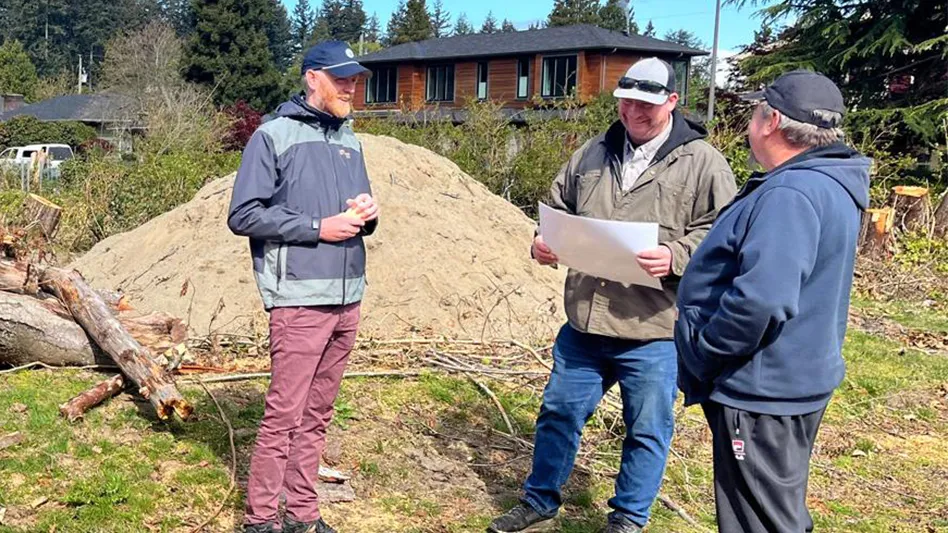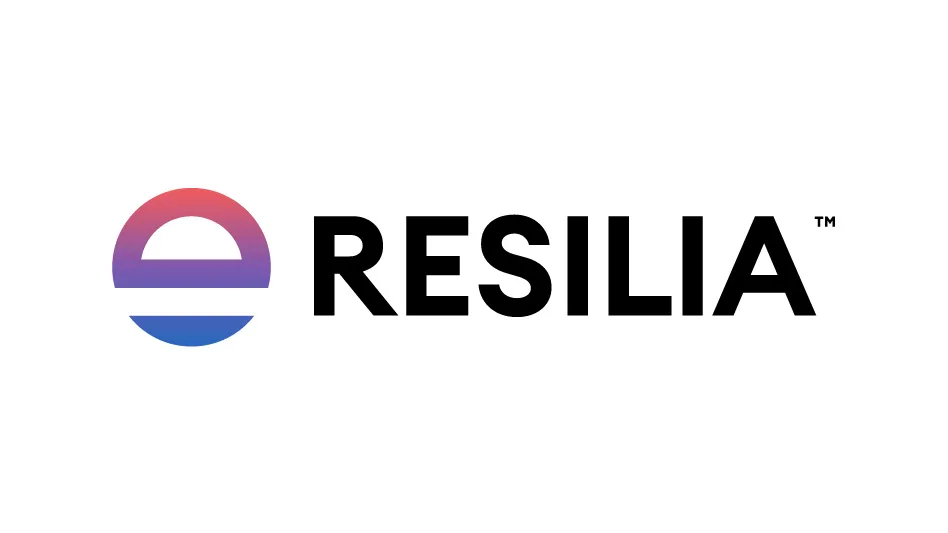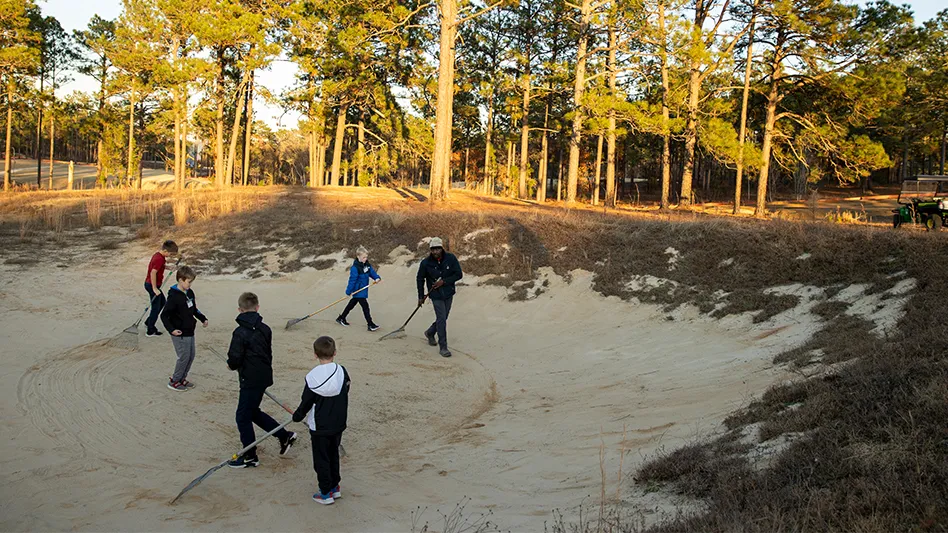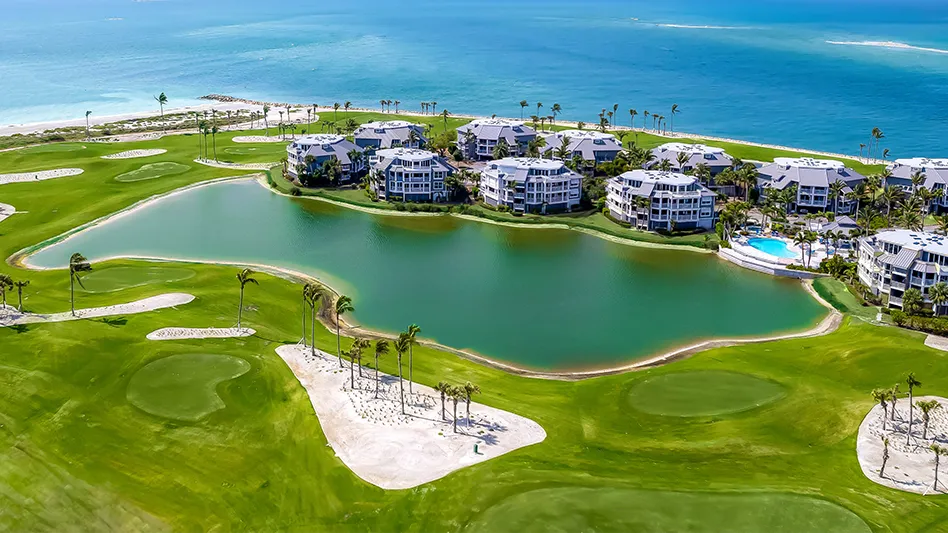Despite the recent decline in new course construction and subsequent rounds played, the golf course still remains the primary asset at the private club. The number of public golf courses has ballooned by nearly 50 percent since the early 1990s, compounding the oversupply of available golf. Many of these new public courses have excellent turf quality and architectural merit, and private clubs located in close proximity have been compelled to upgrade their facilities to remain competitive in the marketplace. When the leadership of a private club finds it necessary to campaign for a major capital improvement, seeking valuable input from the membership, developing a realistic budget and offering a feasible financing plan are just as important as commissioning a detailed architectural drawing.
One of the best ways of checking the membership’s pulse in the early stages of a capital improvement program is to circulate a well-crafted survey. To gather valuable input from the membership, survey questions should be written in a manner that allows each member to rate his or her satisfaction with individual components of the course. Individual areas of concern will be unique to each course but items such as the playing quality of the bunkers; the condition of the greens, tees, and fairways; and the enjoyment of the course’s layout should always be included.
Given the right circumstances, it also can be appropriate to include questions pertaining to the course’s unseen infrastructure, such as the maintenance facility, drainage system and irrigation system. Additionally, a good survey should identify specific capital improvements that are most important to the membership and their general willingness to pay for these items.
For several reasons, an objective third party is typically the best administrator of a membership survey. First, surveys conducted by a third party can provide greater credibility and objectivity for gathering important information. Second, a third party can share information and offer guidance in dealing with unexpected club political issues that tend to arise on a frequent basis.
And, finally, a qualified third party will have a proprietary database that can be used to compare the survey results to those of similar clubs. Such benchmarking can help shed light on the course’s competitive position in local and regional markets.
The task of developing a realistic budget for capital improvements oftentimes is assigned to the greens committee or a golf course planning committee. Ideally, this committee should be composed of a representative from every segment of the club’s membership.
For technical expertise, the committee also should include the club’s professional staff and specialists appropriate to the task at hand, such as a golf course architect, an irrigation system designer and/or a civil engineer.
Once convened, the committee’s initial task is to study the existing condition of the course and its infrastructure to determine the full scope of work needed in a master plan of improvements.
From here, a master plan can be developed by a golf course architect, and the committee can solicit cost estimates and begin the process of piecing together a realistic budget that is in line with the funding capacity of the club.
After a realistic budget has been assembled, the next crucial step in cultivating membership approval for a large capital project is to determine feasible financing options.
Again, this is an opportunity and is appropriate when surveying the membership to include questions pertaining to the golf course’s unseen infrastructure, such as drainage, the irrigation system and the maintenance building.
Financing Options
The most common methods of funding capital improvements are: a monthly capital dues increase, a refundable assessment and a non-refundable assessment. Each funding method offers a club and its members a different set of advantages and disadvantages.
Monthly Payment. A monthly capital dues increase is simply a means of generating extra income to cover the cost of financing a loan for capital improvements over a period of years. The advantage of this financing method is that most members prefer a low, monthly payment in lieu of a large, single payment. If a member chooses to resign from the club after the completion of a capital project, then he or she is excused from future payments. The disadvantage of this financing method is that taking out a loan will put the club in debt, thus threatening its financial future should a significant number of members resign unexpectedly.
For example, AnyTown Country Club borrows $1,000,000 to pay for a capital improvement. The loan interest rate is fixed at 6% over a term of 10 years, which equates to an annual principal and interest cost of 13.32 percent. To support the loan, the club will be required to make a monthly payment of $11,102. If the club has 400 members, then each would be required to pay an additional $27.76 per month.
Refundable Assessment
A refundable assessment entails an up-front payment from each member with a refundable feature that becomes effective if a member leaves the club before the end of a specified amortization period. The advantages of this funding method are that the up-front assessment supports the financial future of the club and the refundable feature tends to encourage membership approval for a project. The disadvantage of this funding method, of course, is that each member is required to make a large, single payment.
For example, at AnyTown Country Club each member is assessed $5,000 to fund a proposed capital improvement. Assuming an amortization schedule of 10 percent per year for 10 years, a member resigning from the club after five years would receive a refund of $2,500 or an amount equal to 50 percent of the original assessment.
Non-Refundable Assessment
A non-refundable assessment entails an up-front payment from each member covering the total cost of a capital. The advantage of this payment method is that it covers the complete cost of the project and thereby doesn’t threaten the financial future of the club. The disadvantages of this payment method are that it obliges the current membership to cover the entire cost of a capital project and that each member is required to make a large, single payment.
Asset Reserve Account
In some instances, private clubs are established with a bylaw that sets aside a portion of the monthly dues in a capital reserve fund. The obvious advantage of this accounting method is that the club is capable of using existing assets to cover the periodic costs of large capital improvements. The disadvantage here would be that it increases the monthly dues that in turn might make it more difficult for the club to sign up new members during stressful economic times. A complete asset reserve study preformed periodically is the preferred way to forecast the needed resources to fund course components before the end of their useful life.
Blended Financing
Most often a club will be in a situation that a blended financing option is most attractive. The cost of large capital expenditures is paid for by a combination of a commercial bank loan, cash from asset reserve accounts and a small monthly assessment. These blended options are as varied as the clubs that arrange them. Members value these options because of the varied financial ideologies of members at large. The disadvantage is that blended financing can exhaust a club’s cash reserves when fix costs and monthly dues income cannot cover that portion of capital expenses.
Who Pays?
One important detail in the process of developing a feasible financial option is evaluating which segments of the membership should pay for a large capital improvement. If the scope of the project is limited to golf course improvements, then logically those members who play most often are typically required to pay for the bulk of the improvements.
If a social club member is granted limited access to the golf course, then he or she might be required to contribute a small amount. Additionally, senior members may be required to contribute, but at a reduced rate when compared to regular members.
Affordability
At no time has the cost of capital projects been more affordable. Bank rates are low, golf course architects are less than busy and golf course contractors are looking for cash flow. A club that has a healthy view towards the future will find that planning and committing to projects will accomplish these capital ventures at relatively low prices compared to just five years ago. Now might be the best time to plan and accomplish these much-needed renovations or projects to enhance the golf course. Often after a capital renovation, membership will increase usage and new membership sales spike.
It’s difficult to imagine how many master plans are rolled-up in the corner of superintendent’s offices, never acted upon. It may be an opportune time to resurrect these plans and get the ball rolling before interest rates climb, contractors begin working on penned-up demand and golf course architects start traveling and begin plying their trade.
Developing an architectural master plan for a golf course is only one step toward the completion of a major capital improvement project. In an era when public golf courses are being developed that rival and, in some cases, surpass the playing quality of private clubs, it is easy to recognize the importance of keeping up a modern, well-cared-for golf course facility. After all, current industry surveys show that access to a high-quality, well-maintained golf course is still the primary reason for joining a private club. GCI
Michael Vogt is head of McMahon Group’s golf division and a frequent contributor to GCI.

Explore the February 2011 Issue
Check out more from this issue and find you next story to read.





